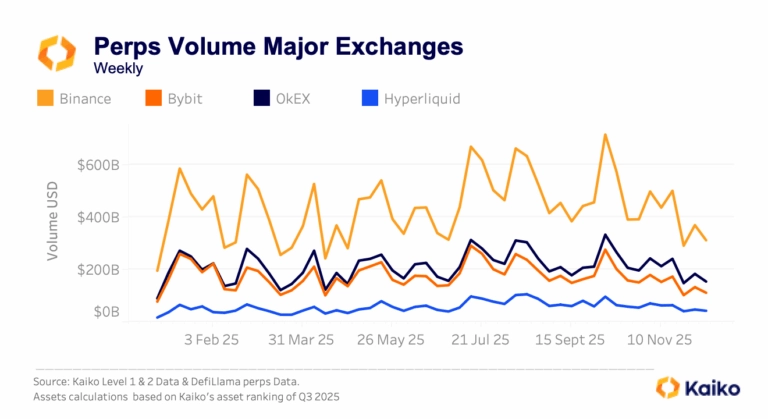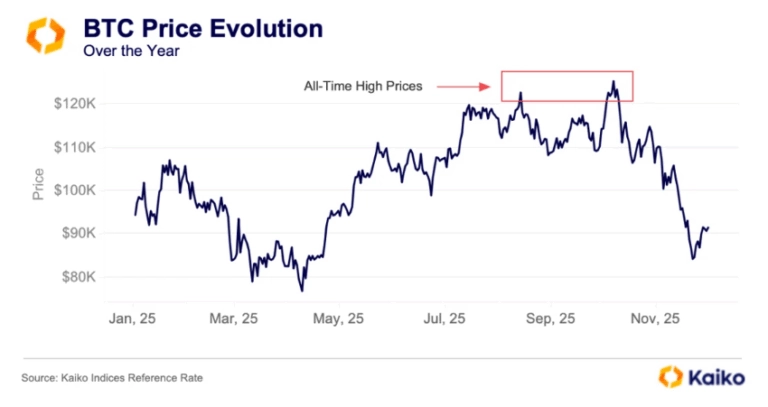This analysis is powered by Asset Metrics, the most comprehensive liquidity data in the crypto industry. Asset Metrics aggregates trade and market depth information across all instruments and all exchanges.
Stablecoin Trade Volume
Every day, between $10-20 billion dollars worth of crypto transactions are conducted using a stablecoin on both centralized and decentralized exchanges.
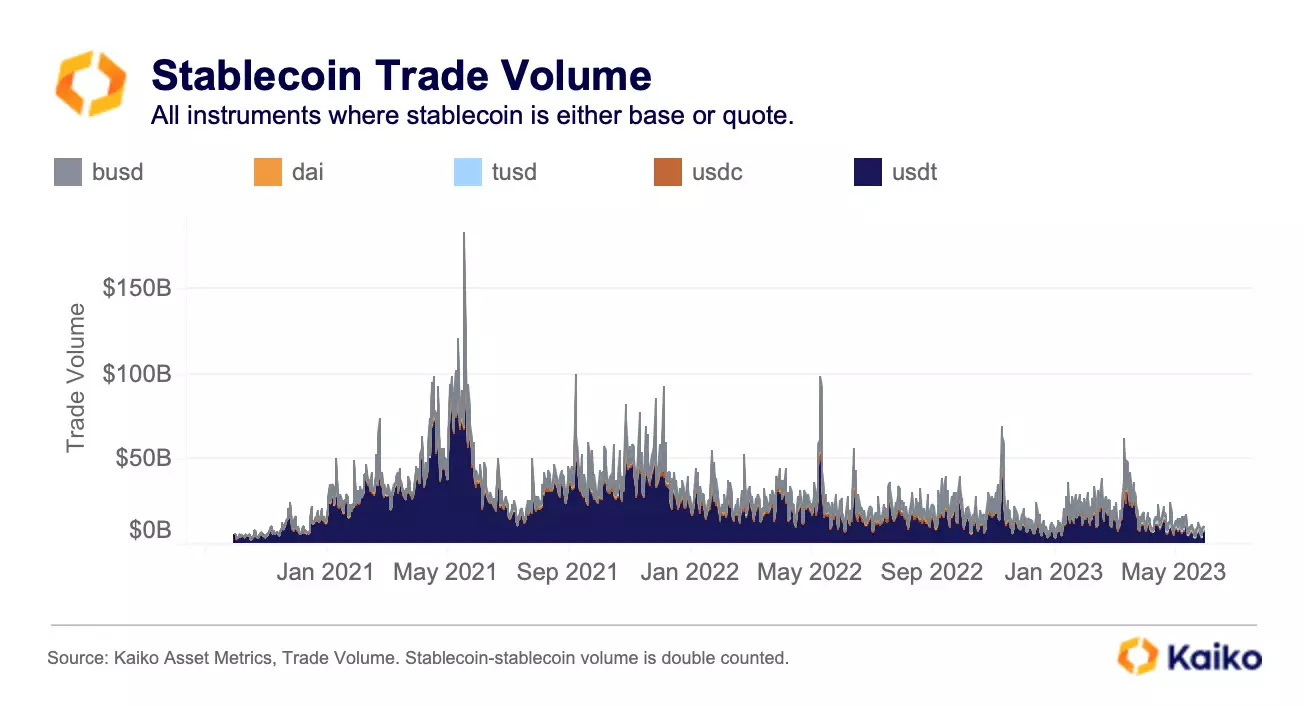
This volume hit an all time high during 2021 bull run, but since then has trended downwards. Nonetheless, these markets are massive.
For the 5 stablecoins analyzed, the vast majority of market activity happens on centralized exchanges (94%) relative to decentralized exchanges (6%).
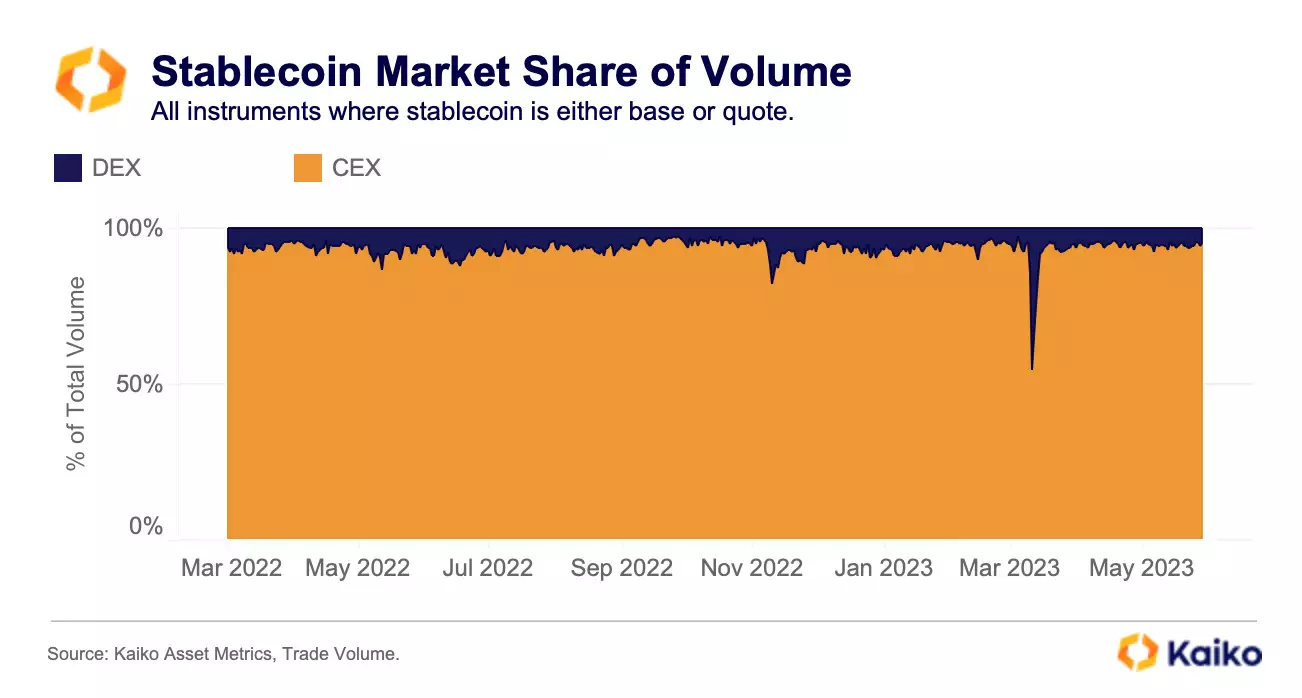
On centralized exchanges, Tether dominates market activity, possessing 68% market share. Ever since Binance’s BUSD stablecoin was effectively shut down, its market share has fallen to a mere 6.8%. Ever since, the exchange has heavily promoted the TUSD stablecoin, which was virtually unknown a few months prior.
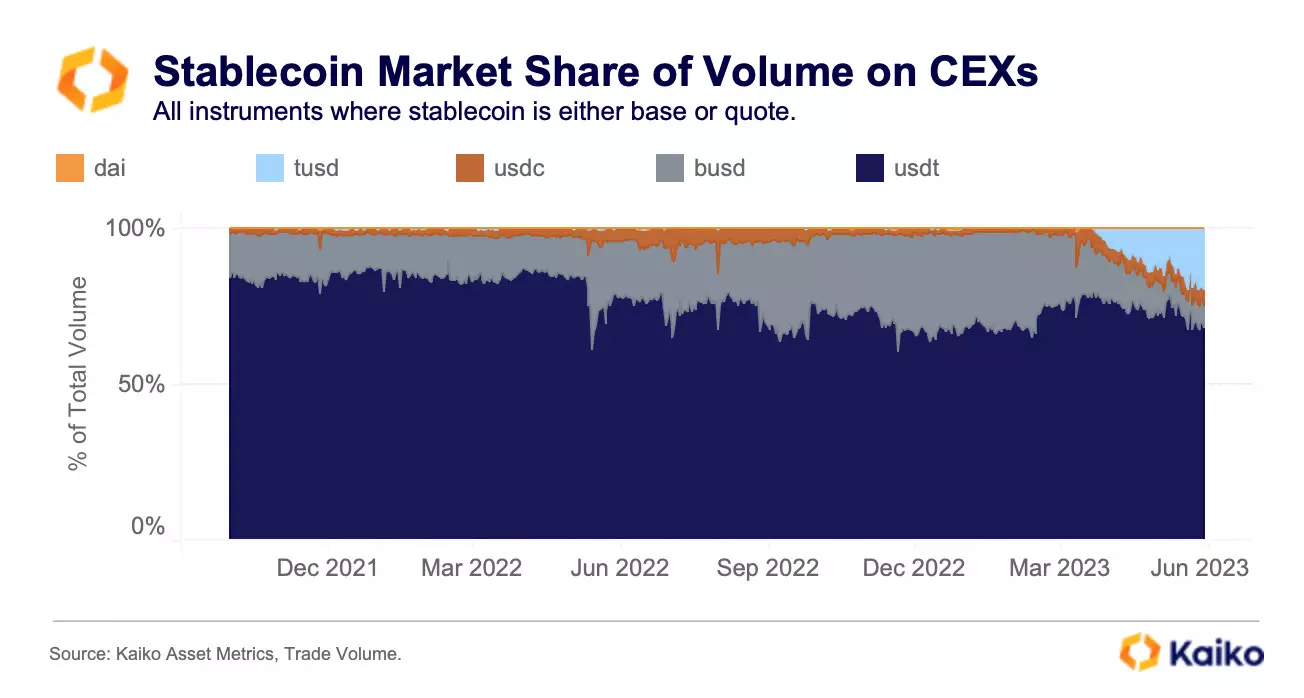
On DEXs, USDC dominates, with 60% market share. DAI used to be one of the largest stablecoins in DeFi, but its share has fallen from 25% to just 6%. Tether accounts for just 33% of market share, with 10% growth since 2021.
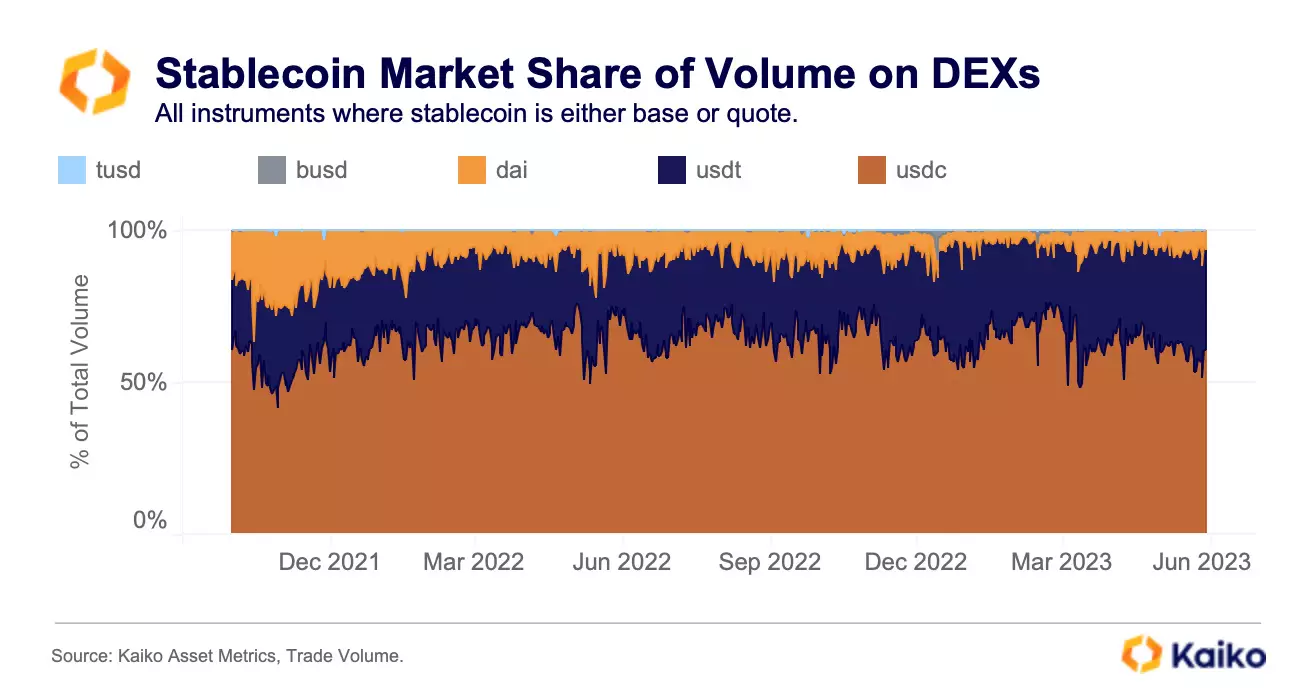
USDC
USDC dominates DEX activity but its activity on centralized exchanges has seen a recent surge. 60% of all activity for USDC now happens on CEXs, with just 40% on DEXs. CEX markets are magnitudes larger than DEX markets, which explains the trend.
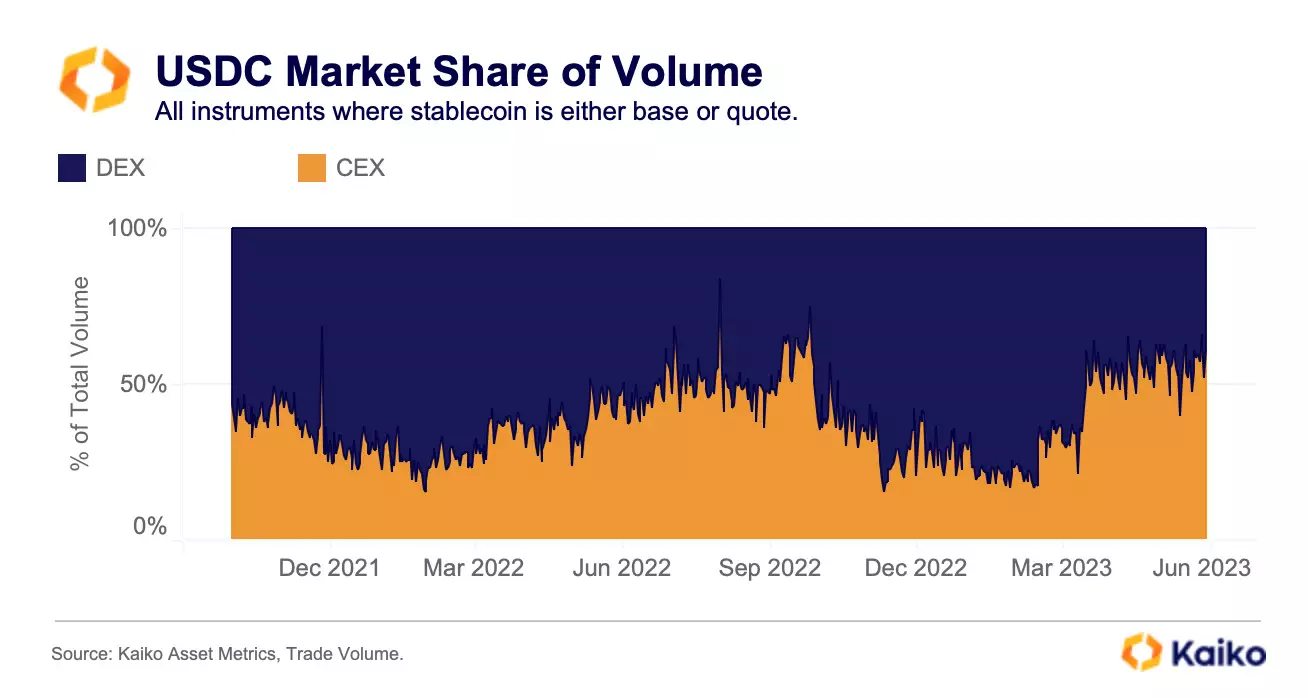
On centralized exchanges, market depth for all USDC pairs that include the stablecoin as a base asset is around $100mn within 1% of the mid price. USDC markets are important because these are the first to see activity during a de-pegging event or price volatility as traders offload USDC for USDT or USD.
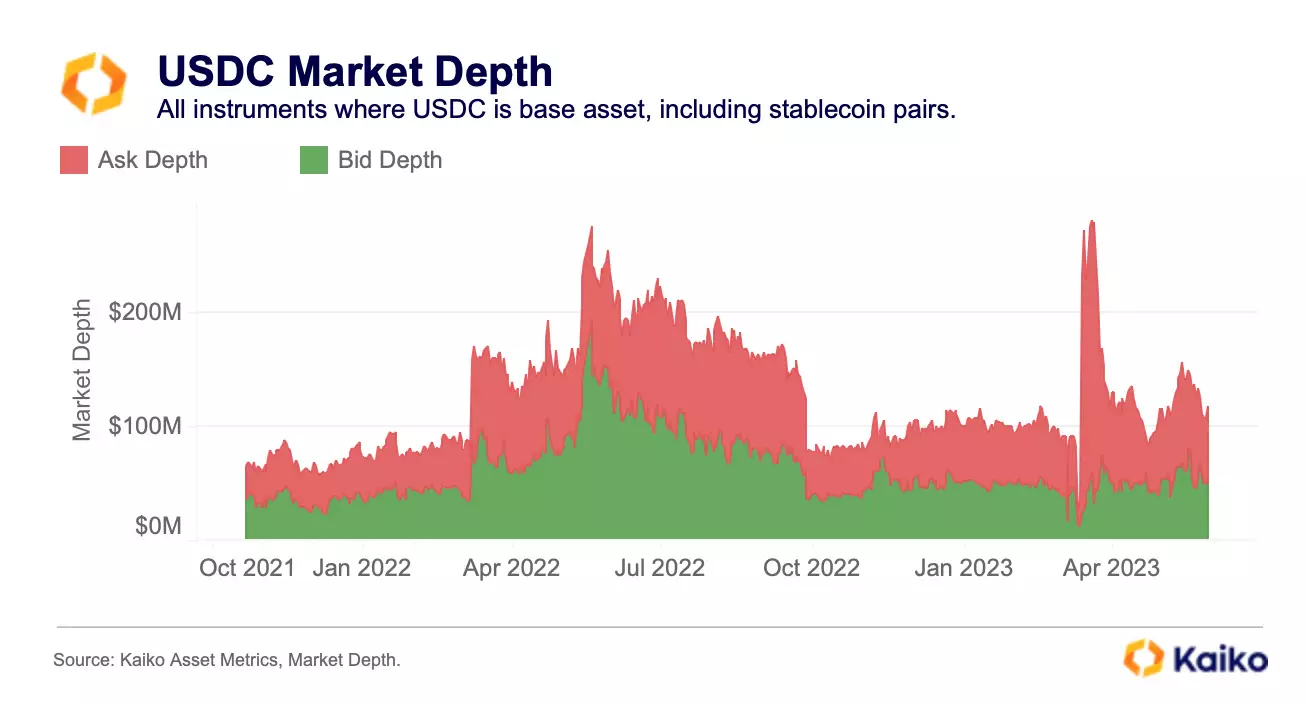
USDC markets enable price discovery to happen for the stablecoin. Today, most of this liquidity is concentrated on Binance, Binance.US, CEX.IO, Kraken and OKX.
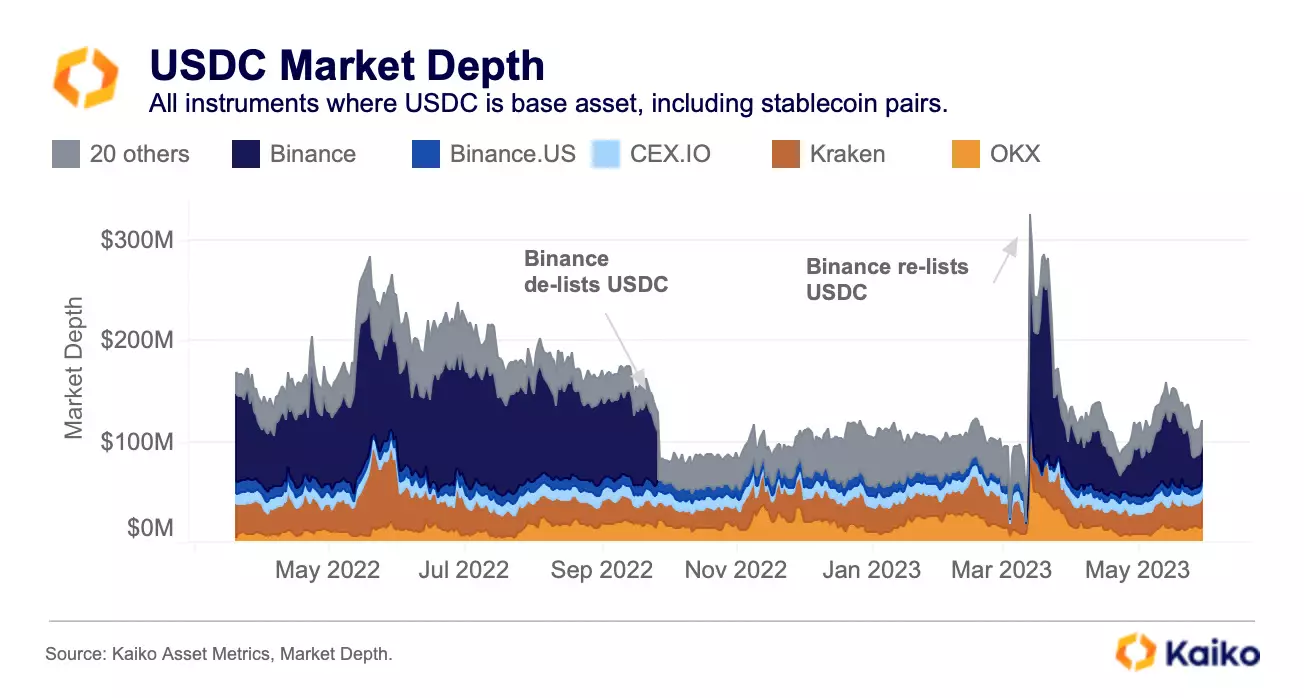
USDT
USDT trade volume is heavily concentrated on centralized exchanges, which today accounts for 97% of volume.
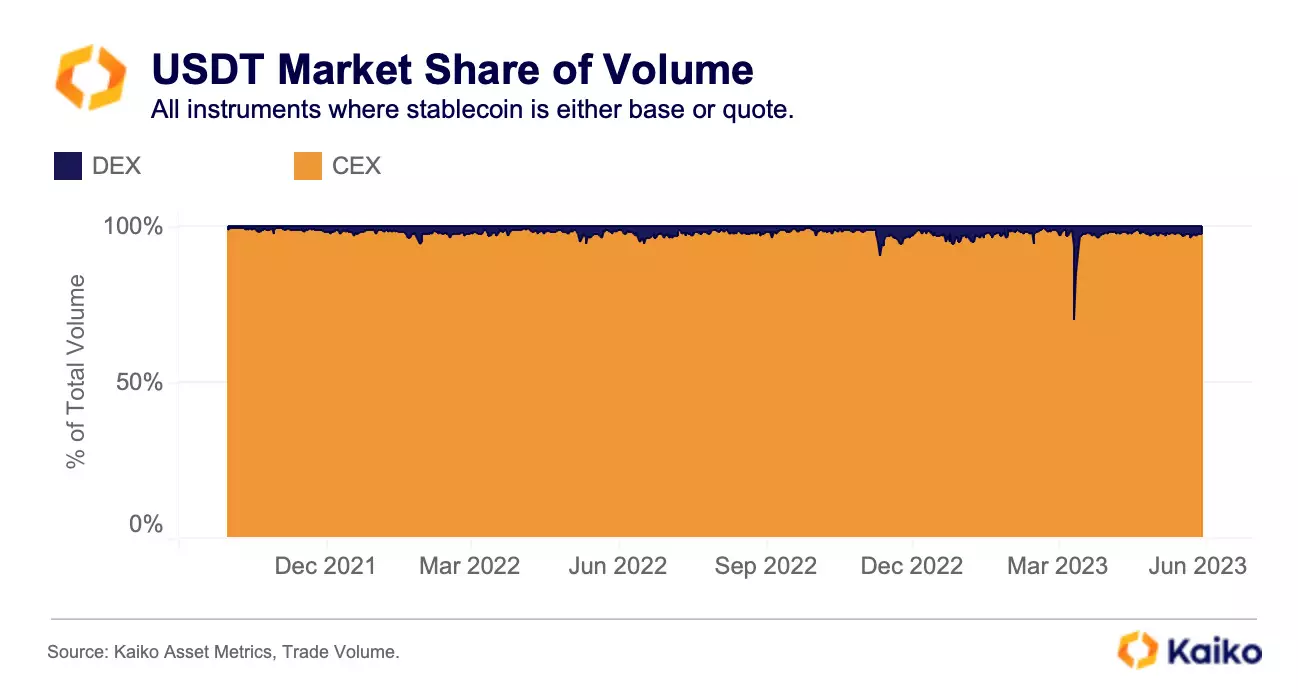
Despite having the highest trade volume, 1% market depth for USDT trading pairs is about equal to market depth for USDC, at around $200mn on both the bid and ask side.
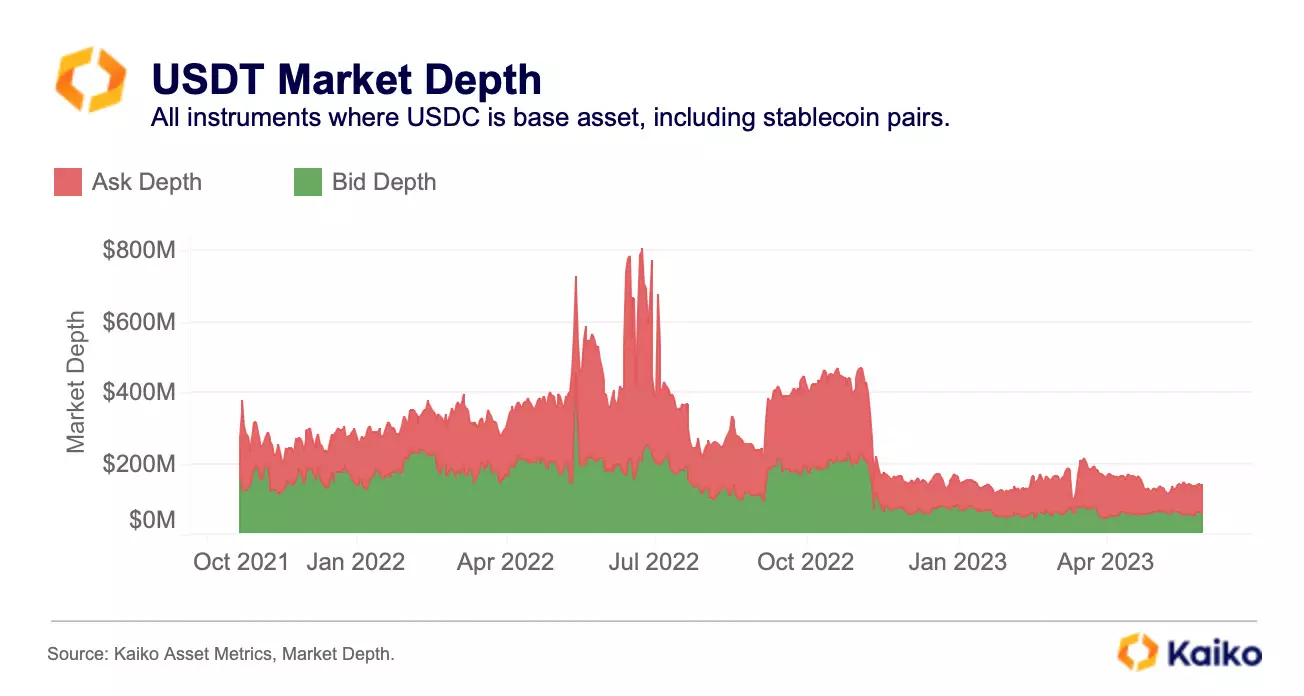
Liquidity is concentrated mostly on Bitfinex, Kraken, Coinbase, and Binance. USDT lost a lot of liquidity with the collapse of FTX. Interestingly, USDC trades on more exchanges that offer a pair including the stablecoin as a base asset compared with USDT, enabling more opportunities for price discovery.

BUSD
BUSD will soon cease to exist after Paxos was forced to halt issuance, and since then market depth has plummeted from a high of $300mn to just $50mn.
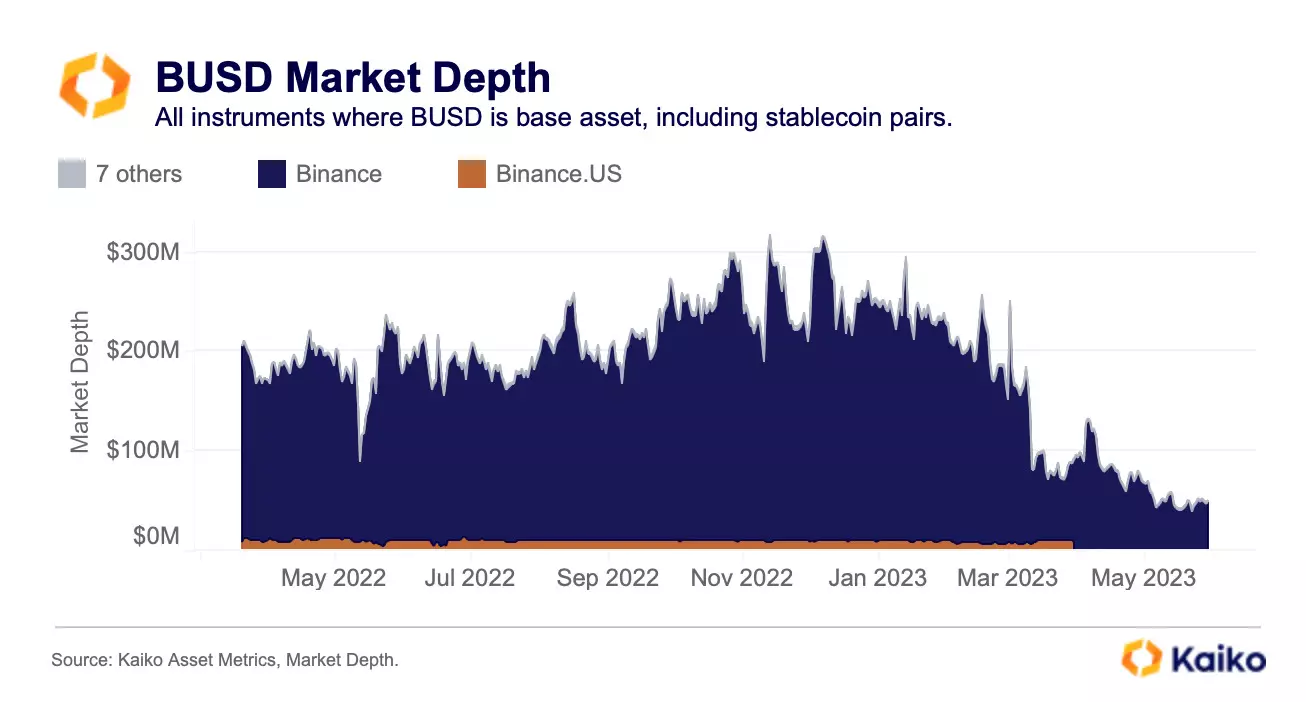
The Data
This analysis leverages Kaiko’s Asset Metrics, which aggregates data across all instruments and all exchanges.
Trade volume takes the total sum of volume for all pairs that include the asset as either the base or quote. For example, volume includes both USDC/USD + BTC/USDC trade volume.
Market depth data aggregates bids and asks across markets that include the asset as the base. For example, market depth includes just USDC- pairs, not -USDC pairs. Kaiko offers instrument-level market depth data that can be used in a separate analysis of -USDC market depth.
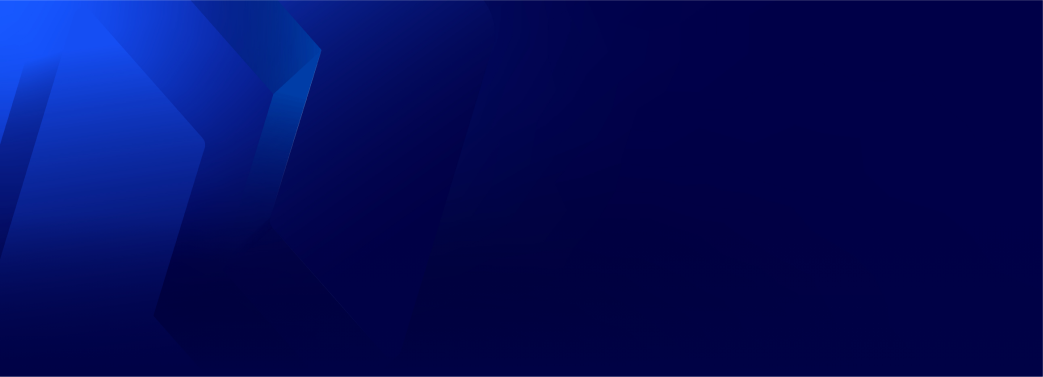
![]()
![]()
![]()
![]()













